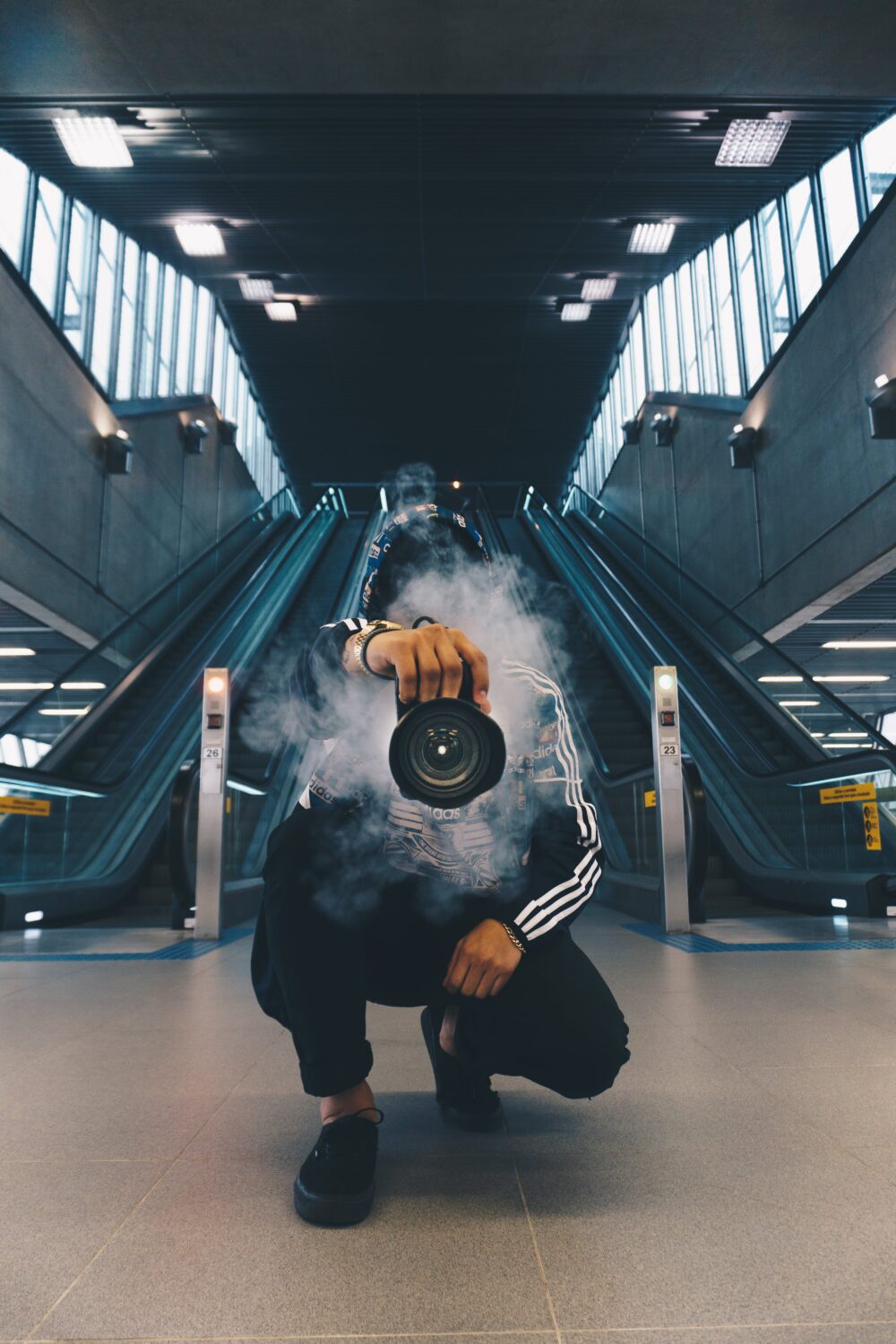There are certain do’s and don’ts around any career or hobby. For example, if you work in a mine, don’t forget to wear your helmet, if you work as a doctor, don’t forget to wash your hands or if you are a keen painter remember to wear a mask when using spray paint. Certain steps that these professionals and hobbyists do to make their practice safer and although most likely not specifically taught, these practices have become second nature to them.
This is much the same for individuals looking to document abandoned spaces. The thrill, excitement and exhilarating emotions that adventurers feel when embarking on a new urban project can often lead them to forget certain precautionary measures that are in place to keep them safe. For those keen on exploring abandoned spaces and taking videos or photos of them, here is a guideline to ensure you do so respectfully and safely. It is a unique hobby that some people either love or hate, Henri of bonus.ca has his review here to give you more personal insight.
Steps to Documentation
The first thing to understand is that photographing abandoned spaces has its own perks and challenges. One of the big perks is the excitement and thrill adventurous photographers have when entering an abandoned structure, house or factory that has clearly not been visited for many years. There are, however, certain ‘rules’ that should be abided by, for the sake of the property and the photographer.
One of the most important things is to not touch or make changes to any piece of the property. Do not move items to make the image for visually appealing. The property must stay exactly as you found it. Abandoned photography hobbyist take great pride in the fact that their images are raw and real. Trying to stage a photograph to suit a specific aesthetic is the opposite of what abandoned space photographers aim to do.
This perfectly leads to the next point, which is respect. It is vital to have respect for the history and lives that occupied the abandoned home or structure. Kicking loose items on the floor, banging doors, opening windows or curtains are all things that you should not do. Enter the building with an open mind but do so quietly and respectfully. Don’t bring friends and have a whole photo shoot, enter with a friend or two so that you are safer and not alone but explain to them the importance of treating the space with respect.
Certain safety measures need to be taken into account. It is important to note that spaces that have not been visited for a long time naturally also have not been maintained for a longer period. This means that floors that look solid could be completely infested with maggots that have eaten away at the wood and your heavy step might lead you to fall straight through and injure yourself. There might be dodgy beams hanging in the ceiling that could fall at any time or doors on loose hinges that are set to fall the moment someone tries to open them up. Or sometimes even hidden doors, staircases or traps. Therefore it is vital you have certain gear with you, such as ropes or even a harness plus a first aid kit should you fall and injure yourself. Having the number of the hospital saved to your phone is also a useful tip, just remember to keep your phone charged.
Lastly, do your research when it comes to the abandoned spaces and places you want to visit. Look at the area and see if it is a safe place to enter, research any history or if there was any foul play at hand and make sure there are no squatters there who could get territorial and endanger you. The best thing to do if you’re a beginner is to find someone with more experience and go on a few excursions with them. Or if you prefer going solo, then rather research some spaces that have been photographed often, so that you know the place is relatively visited by other artists and is a bit more on the grid, which is safe for novices.
Ultimately, it’s also worth knowing that entering spaces that are abandoned is illegal in Canada and if an authority catches you, you will receive a fine similar to one you’d receive for speeding and it does not go on your record.
